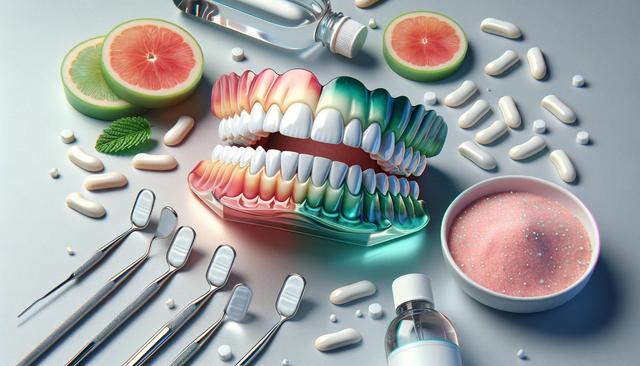
A Closer Look at Teeth Whitening Strips: What You Need to Know
How Teeth Whitening Strips Work
Teeth whitening strips are thin, flexible pieces of plastic coated with a peroxide-based whitening gel. When applied to the teeth, they work by penetrating the enamel to lift stains caused by food, drinks, smoking, or aging. The active ingredient, often hydrogen peroxide or carbamide peroxide, breaks down stain molecules, making teeth appear whiter over time. Typically, users apply the strips once or twice a day for a set period, usually ranging from 10 to 30 minutes, depending on the product instructions. Results can often be seen within a few days, although full effects may take a couple of weeks to develop.
These strips are designed to be easy to use and fit snugly over the teeth. They are usually packaged in a way that separates the strip for the upper and lower teeth. Most products are safe when used as directed, but overuse can lead to tooth sensitivity or gum irritation. It’s important to follow the application guidelines precisely to avoid damaging your enamel or experiencing unnecessary discomfort.
Benefits of Using Whitening Strips
One of the main reasons teeth whitening strips have gained popularity is their convenience. Unlike professional dental treatments, these strips can be used at home with minimal effort. This makes them accessible to a wide range of users who may not have the time or budget for in-office procedures.
Key advantages include:
- Affordability compared to professional treatments
- Ease of use with clear instructions
- Noticeable results within a short period
- Availability in most pharmacies and online stores
Many users also appreciate that they can incorporate whitening strips into their daily routines without needing to set aside special time for treatment. For those who have mild to moderate staining, this method can provide a visible improvement without the need for more invasive procedures.
Potential Side Effects and Considerations
While generally safe, teeth whitening strips are not without their drawbacks. The most commonly reported side effect is increased tooth sensitivity, especially during or after the treatment period. This sensitivity is usually temporary, but it can be uncomfortable for some individuals. Additionally, improper use—such as leaving the strips on for too long—can irritate the gums or damage the enamel.
Other considerations include:
- Uneven whitening if strips don’t fully cover all teeth
- Not suitable for dental restorations like crowns or veneers
- Temporary results that may require maintenance treatments
Consulting a dentist before starting any whitening regimen is recommended, particularly for those with existing dental issues. A professional can advise whether whitening strips are appropriate and help set realistic expectations for results.
Choosing the Right Product
With numerous brands and formulas available, selecting the right teeth whitening strips can be overwhelming. It’s helpful to look for products that have been tested for safety and effectiveness. Reading customer reviews and checking for certifications or endorsements from dental associations can also guide decision-making.
When choosing a product, consider:
- The concentration of the whitening agent
- Application time and treatment duration
- Formulation for sensitive teeth, if applicable
- Flavor or texture preferences
Some strips are designed specifically for people with sensitive teeth and contain lower concentrations of peroxide or added ingredients to minimize discomfort. Others may offer faster results but could be harsher on enamel. Balancing effectiveness with comfort is key to a positive whitening experience.
Maintaining Results After Whitening
Once you’ve completed a whitening treatment with strips, maintaining the results requires some effort. Teeth can easily become stained again through everyday habits, so adopting good oral hygiene and mindful dietary choices is crucial. Simple lifestyle changes can help extend the brightness of your smile longer.
Tips for maintaining whitened teeth include:
- Brushing at least twice daily with a whitening toothpaste
- Flossing daily to remove plaque and prevent staining
- Limiting consumption of stain-causing foods and drinks like coffee, red wine, and berries
- Using a straw for beverages that might stain teeth
- Scheduling regular dental cleanings
Occasional touch-ups with whitening strips or other products may be necessary to maintain desired results. However, overuse should be avoided to prevent damage to enamel or increased sensitivity.
Conclusion
Teeth whitening strips offer a practical and accessible way to enhance your smile at home. While they don’t replace professional dental treatments, they can provide noticeable improvements for those dealing with common surface stains. Understanding how they work, recognizing potential side effects, and choosing the right product are essential steps toward a safe and effective whitening experience. By also adopting good oral care habits, users can enjoy longer-lasting results and feel more confident in their smile.